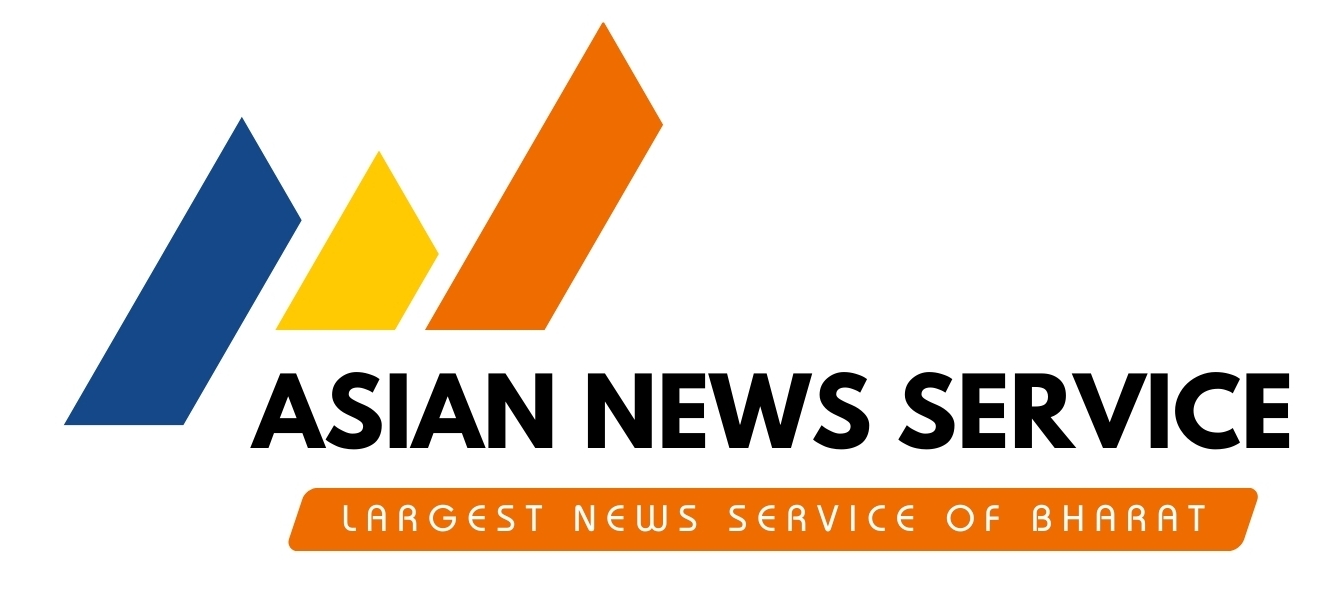New Momentum for Trade and Commerce in Chhattisgarh; GST (Amendment) Bill 2025 Passed

Yellow and Black Modern Streaming Platform Logo - 5
Raipur, 31 July
The Goods and Services Tax (Amendment) Bill 2025, passed by the Chhattisgarh Government, is a significant step toward making trade and commerce in the state simpler, more transparent, and business-friendly. The main objectives of this amendment are to provide legal relief to traders, simplify business processes, ensure faster resolution of tax matters, and strengthen the state’s economy.
The Bill clarifies provisions related to Input Tax Credit (ITC) to enhance transparency in business operations, tax payments, and the use of credits. Special categories of transactions—such as SEZs (Special Economic Zones), exports, and warehouse circulation—have been clearly defined. Additionally, several technical and procedural changes have been made in alignment with amendments by the Central Government in the Finance Act, 2025.
Under the amendment, the Input Service Distributor (ISD) rules have been modified. Now, input tax credit received under the IGST reverse charge mechanism can be distributed among branches. This change aims to eliminate inconsistencies in the GST Act and promote the Ease of Doing Business.
For cases involving penalties not associated with tax demands, the pre-deposit amount required to appeal before the appellate authority has been reduced from 25% to 10%. Also, the determination of tax on vouchers has been made clearer. Previously, there was ambiguity under GST as to whether tax was to be levied at the time of voucher issuance or redemption, with various Advance Ruling Authorities offering differing views. As per the amendment, GST will now be levied at the time of voucher redemption.
A Track and Trace mechanism has been introduced for products like tobacco, ensuring strict monitoring of the supply chain. Every unit packet must now carry a QR code, which, when scanned, will provide details such as manufacturer, product, MRP, seller, bill order, and payment records. Manufacturers and wholesalers must maintain records of these packet movements to make such information readily available to enforcement agencies.
To promote Special Economic Zones (SEZs), GST will not be applicable on transactions involving goods kept in SEZ warehouses, even when bought and sold without physical movement prior to export. This change will encourage investment and business in SEZs, making them more competitive. The term “plant or machinery” has been updated to “plant and machinery”—clarifying that buildings are not included under “plant” and therefore not eligible for input credit. Provisions for digital stamps, marks, or other types of unique identification tagging have also been introduced.
Achievements of Chhattisgarh
In FY 2024-25, Chhattisgarh received ₹16,299 crore in GST revenue, constituting 38% of the state’s total tax revenue. With a growth rate of 18%, the state ranked first in the country. The e-way bill threshold for goods transport within the state has been increased from ₹50,000 to ₹1,00,000, providing relief from paperwork to 26% of small traders.
Since the formation of the new government, 43,612 new GST registrations have been completed. The registration process time has been reduced from 13 days to just 2 days. Previously, only 15 districts had GST offices; now, all 33 districts have operational offices. To curb tax evasion, Artificial Intelligence, Data Analytics, and a Business Intelligence Unit have been implemented.
